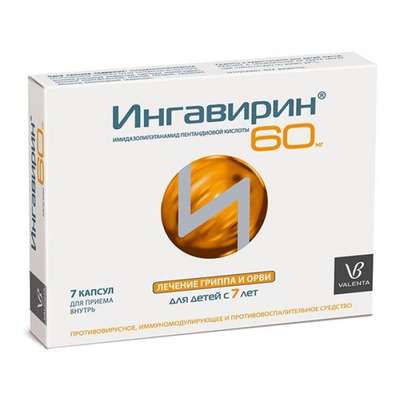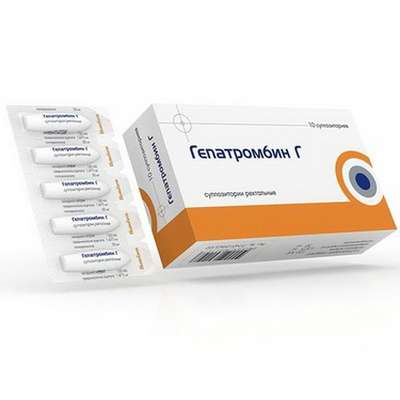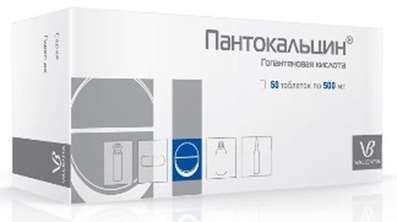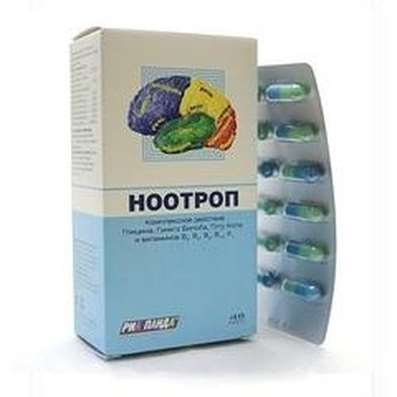Instruction for use: Bromazepam
I want this, give me price
The Latin name of the substance Bromazepam
Bromazepamum (genus. Bromazepami)
Chemical name
7-Bromo-1,3-dihydro-5- (2-pyridinyl) -2H-1,4-benzodiazepin-2-one
Gross Formula
C14H10BrN3O
Pharmacological group:
Anxiolytics
The nosological classification (ICD-10)
F20 Schizophrenia: Schizophrenic conditions; Exacerbation of schizophrenia; Schizophrenia; Chronic schizophrenia; Dementia praecox; Bleuler's disease; Psychotic discordant; Dementia early; The febrile form of schizophrenia; Chronic schizophrenic disorder; Psychosis of the schizophrenic type; Acute form of schizophrenia; Acute schizophrenic disorder; Cerebral Organic Insufficiency in Schizophrenia; Acute attack of schizophrenia; Schizophrenic psychosis; Acute schizophrenia; Sluggish schizophrenia; Sluggish schizophrenia with apathoabulic disorders; Acute stage of schizophrenia with excitation
F39 Mood disturbance [affective], unspecified: Affective disorder; Affective disorders; Dysphoric states; Dysphoric disorder; Psychoemotional Disorder; Affective disorders; Emotional-labile disorder; Cyclotimic personality
F41 Other anxiety disorders: Anxiety status; Anxiety; Chronic alarm; Sense of anxiety; Anxious-hypothetical states; Stopping an alarm; Nonpsychotic anxiety disorders
R45.1 Anxiety and agitation: Agitation; Anxiety; Explosive excitability; Internal stimulation; Excitability; Excitation; Excitation acute; Psychomotor agitation; Hyperexcitability; Motor excitement; Cessation of psychomotor agitation; Nervous excitement; Restlessness; Night trouble; Acute stage of schizophrenia with excitation; Acute mental agitation; Paroxysm of excitation; Overexcitation; Increased excitability; Increased nervous excitability; Increased emotional and cardiac excitability; Increased agitation; Mental arousal; Psychomotor agitation; Psychomotor agitation in psychoses; Psychomotor agitation of an epileptic nature; Psychomotor paroxysm; Psychomotor fit; Symptoms of excitation; Symptoms of psychomotor agitation; The state of agitation; A state of anxiety; Excitation status; A state of heightened concern; The state of psychomotor agitation; Conditions of anxiety; Excitation conditions; The state of excitement in somatic diseases; Excitation level; Feelings of anxiety; Emotional arousal
CAS Code
1812-30-2
Characteristics of the substance Bromazepam
Anxiolytic, benzodiazepine derivative.
Pharmacology
The pharmacological action is anxiolytic, sedative.
Stimulates GABA receptors of the ascending activating reticular formation. Increases the inhibitory effect of GABA in the central nervous system, enhances the effects of endogenous GABA, reduces the excitability of the cortex and limbic system of the brain, inhibits polysynaptic spinal reflexes. Reduces tension and anxiety, in large doses, it has a sedative and central muscle relaxant effect. Reduces emotional tension, feelings of anxiety, fear, anxiety, reduces neurotic symptoms.
After ingestion, Cmax in the blood is reached within 2 hours. The bioavailability of the tablet form is 60%. Binding to blood proteins is 70%. The volume of distribution is 50 liters. With the introduction of repeated doses, the equilibrium concentration in the blood is usually achieved within 2-3 days. It is subjected to microsomal oxidation (N-dealkylation, aliphatic hydroxylation) to form 3-hydroxybromazepam and 2- (2-amino-5-bromo-3-hydroxybenzoyl) -pyridine and their glucuronides. T1 / 2 - 20 hours, can increase in patients of senile age. It is excreted mainly with urine in the form of conjugated metabolites (2% unchanged). The clearance of the drug is 40 ml / min. Accumulation with a reappointment is minimal.
Application of the substance Bromazepam
Anxiety syndrome, incl. A state of anxiety and tension, somatic complaints; Anxiety and agitation in mental illness, incl. With affective disorders, schizophrenia (as part of combination therapy).
Contraindications
Hypersensitivity (including to other benzodiazepines), cerebral and spinal ataxia, suicidal tendencies, closed-angle glaucoma; Hypercapnia; Severe respiratory failure, sleep apnea syndrome; liver failure; Myasthenia gravis; Drug or alcohol (except acute withdrawal) dependence, pregnancy, breast-feeding.
Restrictions on the use
Age to 18 years (safety and efficacy of use in children not defined).
Application in pregnancy and lactation
Contraindicated in pregnancy. At the time of treatment should stop breastfeeding.
Side effects of the substance Bromazepam
From the nervous system and sense organs: headache, dizziness, lethargy, fatigue, drowsiness, slowing of mental and motor reactions, dulling of emotions, violation of concentration, ataxia, tremor, muscle weakness, diplopia, dysarthria, confusion, anterograde amnesia (with Concomitant inappropriate behavior), manifestation of latent depression, paradoxical reactions (anxiety, agitation, anxiety, irritability, aggression, delirium, rage, sleep disorder, nightmares, hallucinations Nation, psychosis, inadequate behavior).
On the part of the intestine: nausea, dry mouth, drooling, constipation, increased activity of hepatic transaminases and alkaline phosphatase, jaundice.
Other: urinary incontinence, skin rash, change in libido.
Possible development of drug dependence, withdrawal syndrome, rebound-syndrome (see "Precautions").
Interaction
The effect is enhanced by neuroleptics, other anxiolytics, tricyclic antidepressants, hypnotics, sedatives and anticonvulsants, narcotic analgesics, anesthetics, antihypertensives, muscle relaxants, antihistamines with sedatives, alcohol. Carbamazepine, cimetidine, inhibitors of microsomal enzymes increase T1 / 2. Reduces the therapeutic effect of levodopa. Increases the toxicity of zidovudine.
Overdose
Symptoms: oppression of the central nervous system of varying degrees (from drowsiness to coma), in mild cases - drowsiness, confusion, lethargy; In more serious cases (especially when taking other drugs, depressing the central nervous system, including alcohol) - ataxia, areflexia, hypotension, inhibition of cardiac and respiratory activity (up to the stopping of breathing), coma; Rare - lethal outcome.
Treatment: gastric lavage, induction of vomiting, the appointment of activated carbon, monitoring of breathing, pulse, blood pressure, maintenance of cardiovascular activity and airway patency, intravenous fluids. When hypotension occurs, the intravenous administration of dopamine, norepinephrine. As a specific antidote, a benzodiazepine receptor antagonist, flumazenil (in a hospital setting) is used.
Routes of administration
Inside.
Precautions for the substance Bromazepam
It should not be prescribed for monotherapy of depression, incl. Anxious depression, because of the possibility of suicide. Paradoxical reactions are more often observed in children and elderly patients. If there are paradoxical reactions, bromazepam should be discarded. It is recommended to reduce the dose gradually, because The risk of withdrawal syndrome is higher when the drug is abruptly withdrawn.
When taking bromazepam (even in therapeutic doses), it is possible to develop physical and mental dependence. The risk of dependence is increased with the use of large doses and with an increase in the duration of admission, as well as in patients with drug and alcohol dependence in the anamnesis. Abolition of bromazepam should be carried out gradually, by lowering the dose to reduce the risk of withdrawal and rebound syndrome. With severe cancellation after prolonged use or reception of high doses, withdrawal symptoms occur (headache and muscle pain, anxiety, anxiety, confusion, tremors, convulsions), in severe cases - depersonalization, hallucinations, epileptic seizures (abrupt withdrawal in epilepsy). Transient syndrome, in which the symptoms that caused the appointment of bromazepam, are resumed in a more pronounced form (rebound-syndrome), can also be accompanied by mood changes, sleep disturbances, anxiety, etc.
Benzodiazepines can induce anterograde amnesia, which develops using doses close to the upper end of the therapeutic range (documented for doses of bromazepam 6 mg), with higher doses, its risk increases.
With prolonged treatment, monitoring of liver enzymes is necessary. Do not apply during work drivers of vehicles and people whose profession requires increased concentration. During the period of treatment, the use of alcoholic beverages is unacceptable.

 Cart
Cart





